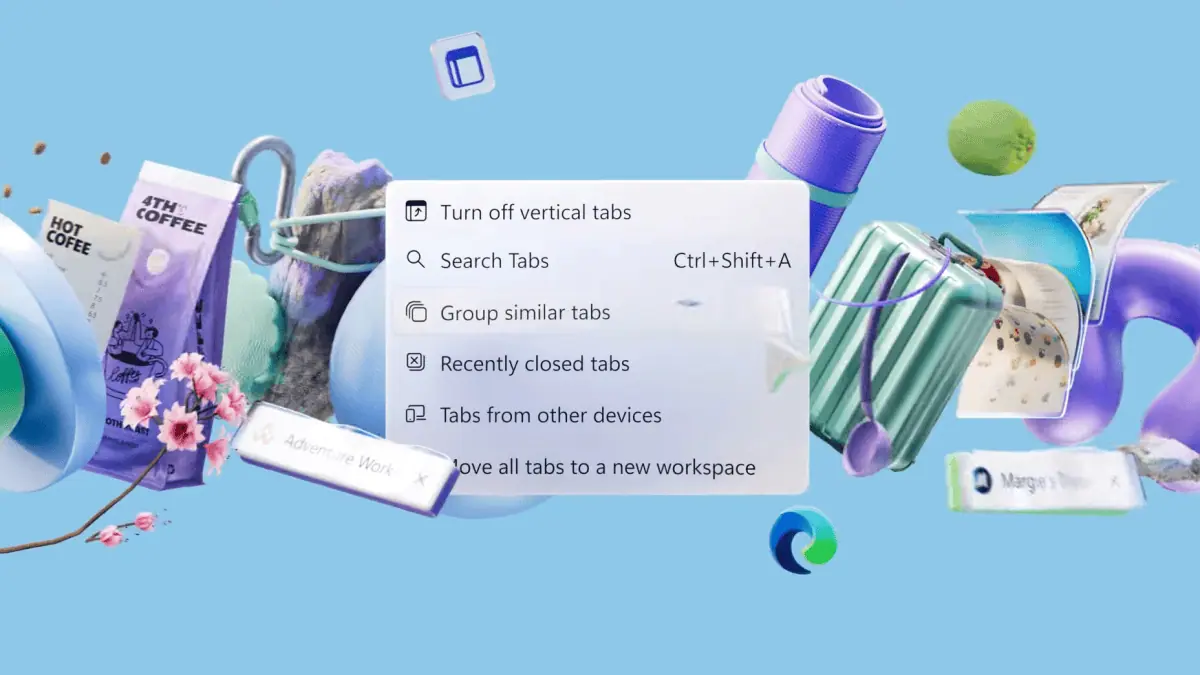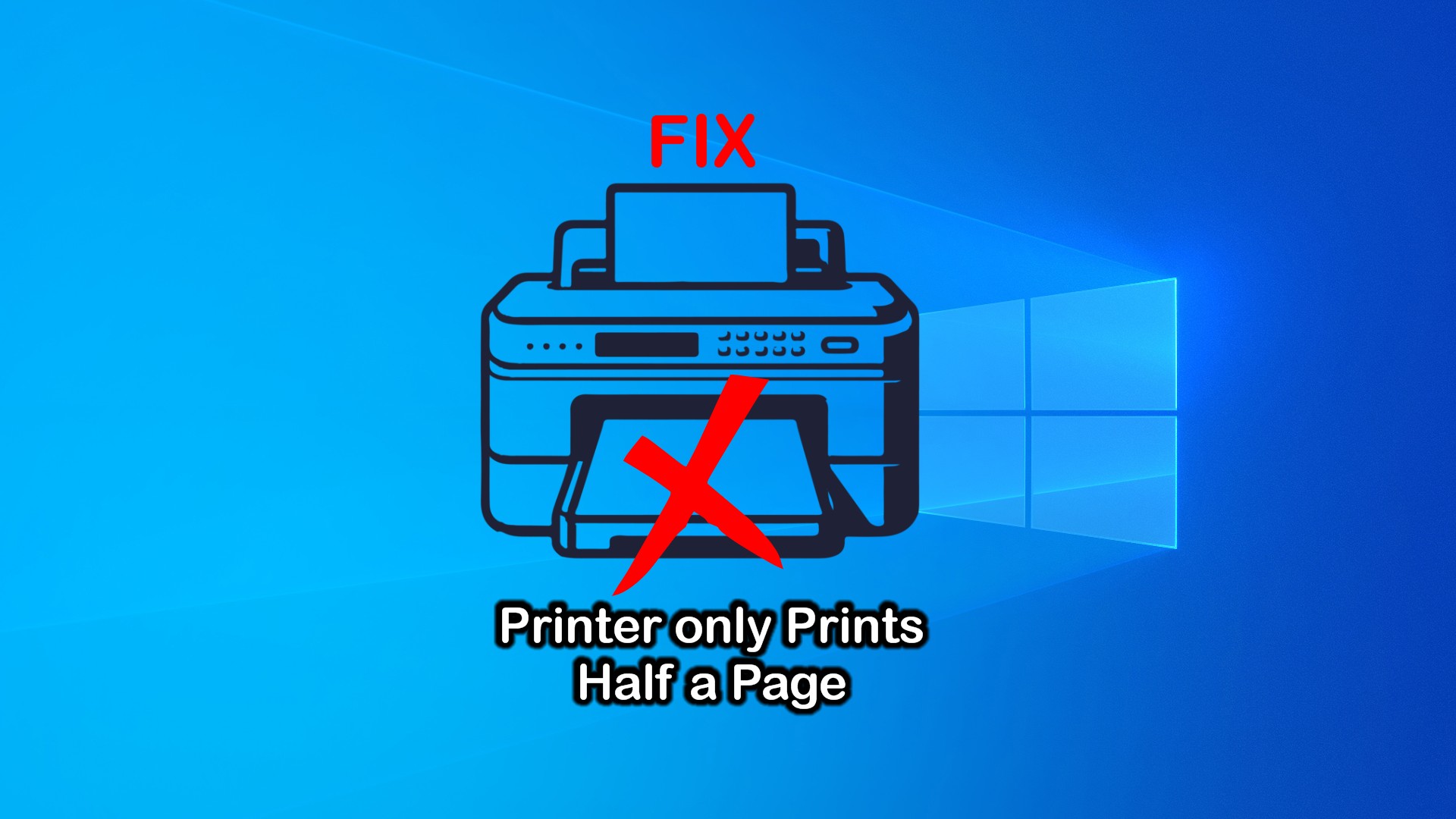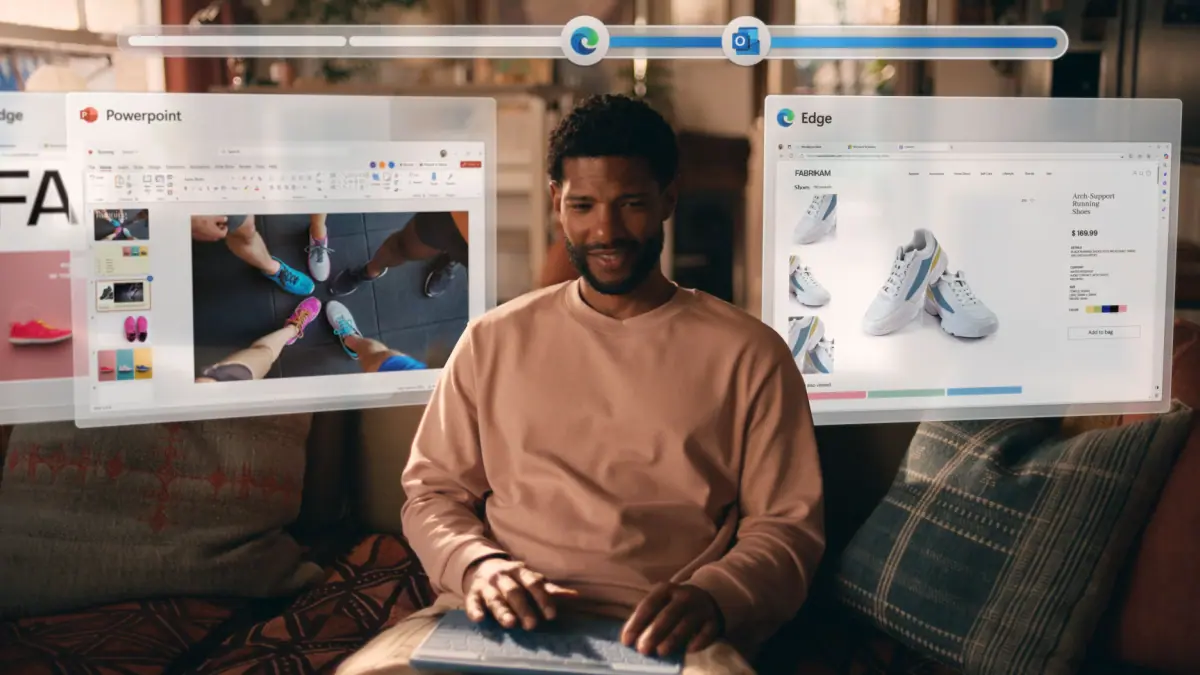Microsoft hinge wizards working on a flexible display which does not crease
2 min. read
Published on
Read our disclosure page to find out how can you help MSPoweruser sustain the editorial team Read more

In retrospect 2019 appears to be the year where ambition got somewhat ahead of reality with companies working to release flexible display devices but having issues with the durability of these displays after only short periods of time. So far no flexible display device, ranging from the Samsung Galaxy Fold to Lenovo’s folding laptop, have avoided having creases in their displays after only minimal use.
We have heard recently Microsoft is working on a dual-panel folding laptop called Centaurus, but this does not mean Microsoft is not also trying to solve the problem of folding displays. A December 2017 patent for a “MOVEABLE DISPLAY SUPPORTS, COMPUTING DEVICES USING SAME, AND METHODS OF USE” explains how Microsoft hopes to accomplish this.

In addition, the design of the hinge would include an expanding element which would allow the hinge to remain in contact with the display while also allowing it to expand due to the curvature of the fold when closing. The high level of support in constant contact with the display would prevent creasing.
Microsoft explains:
In one implementation, a computing device is described. The computing device includes a flexible display including a thin film transistor matrix having a front surface and a back surface. A moveable display support is included and is connected to the back surface of the display and is configured to limit bending in one direction to a first bend radius while maintaining strain on the thin film transistor matrix below a predetermined amount of strain by elongating the moveable display support during bending.
In another implementation, a computing device is described. The computing device includes a flexible display having a front surface and a back surface. The computing device includes a moveable display support connected to the back surface of the display. The moveable display support is formed by a plurality of unit cells.
Microsoft has shown a particular expertise when it comes to hinges, so if anyone can do it right it may be them, if not for this generation of folding laptops maybe the next.
The full patent can be seen here.
Via WindowsUnited










User forum
0 messages